Types of Iris Plants
There are many iris plants, each with its unique features and benefits. If you’re interested in adding some beautiful flower plants to your home, here is a list of the most popular types of iris plants and their benefits.
Table of Contents
Bearded Iris
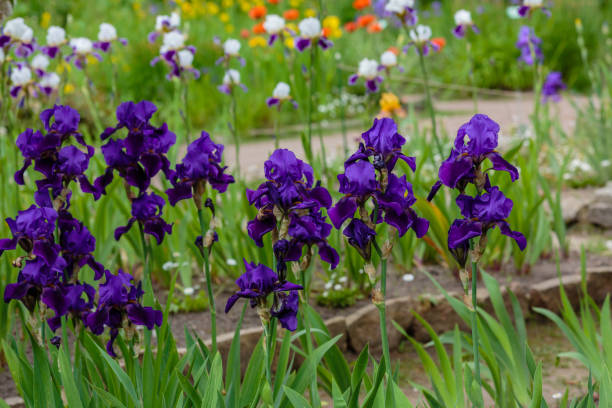
The bearded iris, a well-known and beloved flower gets its common name not from its downward-facing petals but rather from the long, fluffy beard that resembles a tongue. Iris germanica cultivars account for the vast majority of bearded iris sales. The pure species is extremely rare. Any color scheme can be achieved with bearded irises, and the addition of some perennial irises ensures that your garden will remain vibrant throughout the year. For example, the tall bearded iris (those that reach a height of more than 27.5 inches) and intermediate bearded (16–27-inch-high) iris are classified by the American Iris Society. Agriculture Department Plant Hardiness Zones 3–10.
When you’ve decided on one of the more than 60,000 cultivars available in late summer or early fall, plant it in full sun. Ample airflow and direct sunlight are essential for these plants, so be sure to position your rhizomes to be visible above the soil. Good drainage and occasional division of your irises will ensure their long-term viability.
Dwarf Bearded Iris
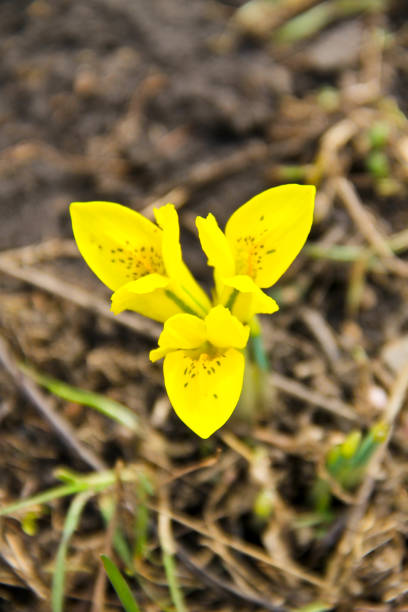
The Iris genus has hundreds of species, which are only found in small parts of the world and aren’t often grown. You might find these less-known varieties at small specialty nurseries or online plant forums where iris collectors grow their colonies of unique irises. Don’t take wild irises, which may be endangered in their home countries. Plants that don’t grow well in areas with wet spring soils after the winter thaw should be tried by people who have trouble growing plants there. They should look into Iris confusa, also known as the bamboo iris. This plant needs a lot of sun and doesn’t like cold weather.
Dwarf Crested Iris
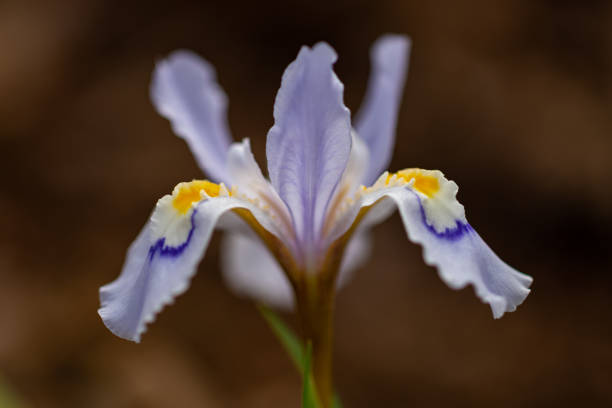
People who like to grow plants in woodlands will like Iris cristata, which is a small, crested iris that grows best in part shade. Hummingbirds and bees will visit the garden because the 6-inch-high flowers bloom from March to May. People who want to grow these plants should make sure the soil is acidic, just like the pine groves where they live. When this species spreads, it does so through rhizomes that can be split to make new plants.
Dutch Iris
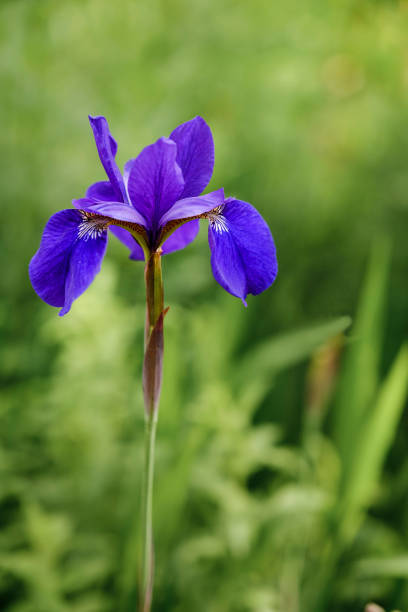
Like the ‘Apollo’ cultivar, Dutch irises have small, simple flowers that gardeners often overlook, but they make excellent companion plants. After the iris have finished blooming, plant them among early salad greens to hide the fading foliage. Yellow, blue, or white are the most common colors of the flowers. Bulbous irises, as opposed to those that grow from rhizomes. In the autumn, sow the bulbs far and wide.
Japanese Iris
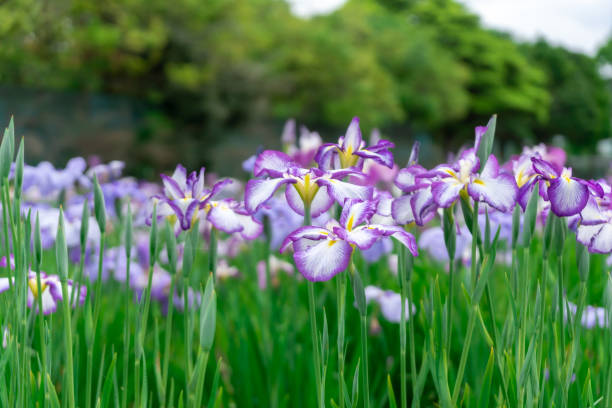
Many gardeners overlook the Japanese iris, also known as the “Japanese iris,” because it is less well-known than the bearded or Dutch iris. However, those looking for large blooms should look into this species, as some varieties, such as “Amethyst Sister” and “Freckled Peacock,” regularly reach over 4 feet. A pond or streamside garden with moist soil is ideal for the Japanese iris, which requires a constant supply of moisture, direct sunlight, and rich soil.
Louisiana Iris
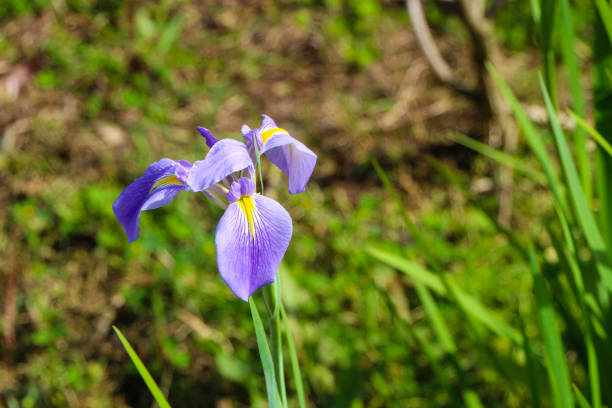
“Louisiana iris” refers to a group of beardless hybrids from five native species: I. fulva, I. hexagona, I. brevicaulis, I. giganticaerulea, I. nelsonii, and I. fulva. Many hybrids are found in their native swampy and muddy habitats, and they aren’t the result of a plant nursery making them. It says so in the name: These parent species and their hybrids can be found mostly in the Gulf Coast area. It is because the mild temperatures, wet spring weather, and sandy soil found there to make most Louisiana irises happy. They may be hardy up to zone 4, but not all of them. Same as Japanese irises, these plants like water.
Siberian Iris
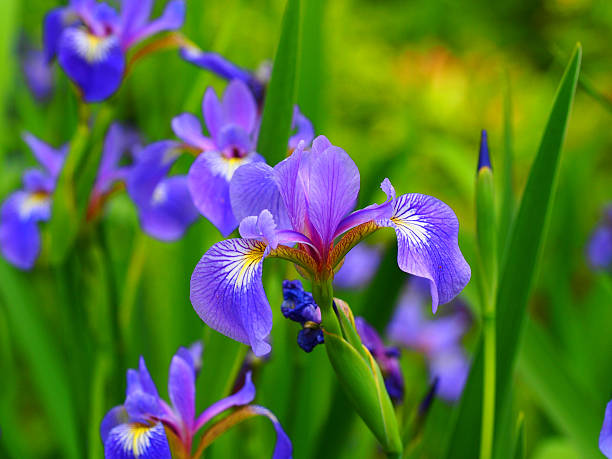
Irises from Siberia are classified as “beardless” by the American Iris Society because they lack the characteristic downturned “beards” found on other iris varieties. These hybrids come from two Asian blue-flowered species, I. sibirica and I. sanguinea. Siberian irises are ideal for novice gardeners. They open a little later than bearded iris, but they’re still a great way to bring some color into your summer perennial garden. Like ornamental grasses, Siberian irises retain their waving leaves throughout the year, making them beautiful compared to bearded irises. Whenever the center of the crown is made of wood and doesn’t produce, the rhizomes of this plant should be taken out and split.
Although the Siberian iris is more drought-tolerant than the Japanese variety, it is susceptible to crown rot if soil moisture levels are excessive. Blue, violet, and purple flowers with ruffled petals are the most common. Diploid and quadrupled are two terms used to describe Siberian irises’ chromosome count. In contrast, tetraploid plants have four chromosomes, resulting in stocky plants and large flowers that last a long time in the vase.
Species Irises
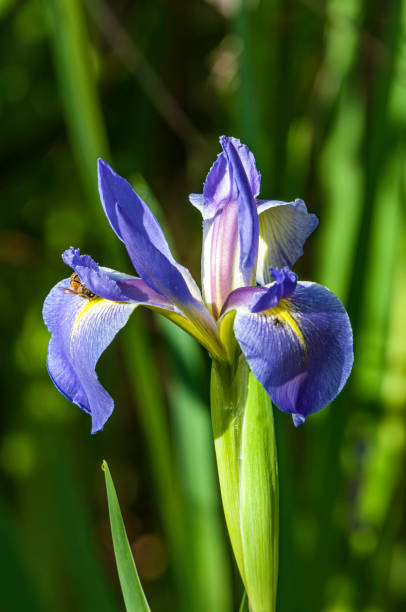
Gardeners looking for large blooms should look into cultivating I. ensata, the Japanese iris, which isn’t as well-known as the bearded iris or Dutch iris. However, cultivating I. ensata can yield plants as tall as 4 feet in some varieties, including “Amethyst Sister” and “Freckled Peacock.” These plants thrive in moist soil near a pond or stream, where the soil is always moist, so they’d be an excellent addition to any pond or streamside garden.
Yellow Flag Iris
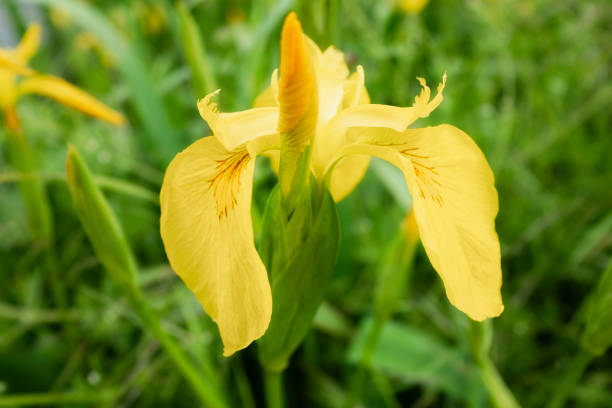
Pseudacorus iris is an energetic and vigorous plant that can be too much at times. Many parts of the United States consider the yellow flag iris invasive, so gardeners should take precautions to keep it from spreading into nearby waterways and natural areas. Container gardening may be the best way to control this kind of rhizome-based iris.
